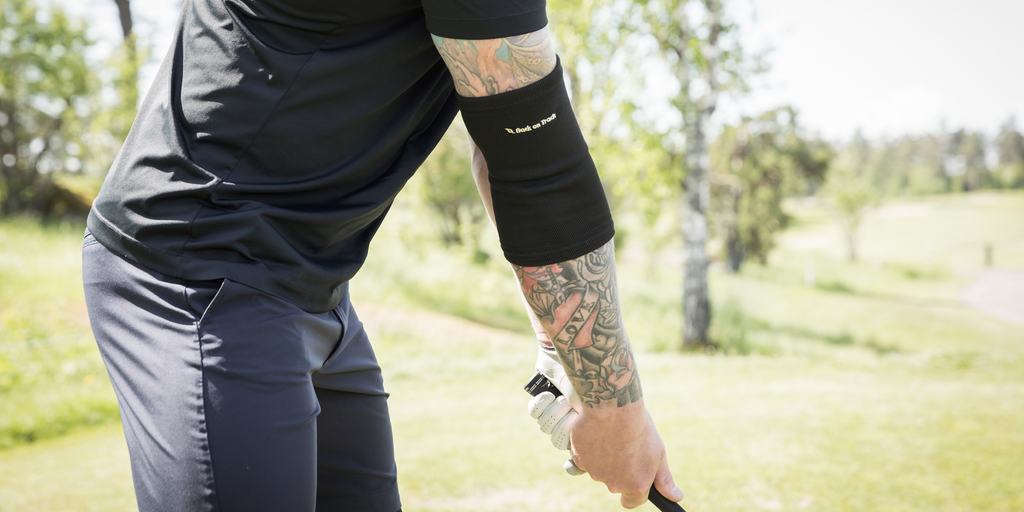Osteoarthritis is a painful condition and the most common of all joint diseases. It is so common that about one in four people over the age of 45 has been diagnosed with it. The most prevalent symptoms are familiar to most: joint stiffness, painful joints and pain that increases with movement.
Where osteoarthritis occurs, the joint cartilage begins to break down and the surrounding tissues become inflamed. But the symptoms can be alleviated and the disease kept at bay, so that its impact on daily life is mitigated. One important measure is to keep moving - or start moving if the exercise habit has never taken hold.

Osteoarthritis is often referred to as a public health problem. But despite its prevalence, the reasons for the illness are still unclear. There is no definitive cause, nor is there a definitive test to detect its presence. It is, however, expected to increase as the population gets older and heavier. Age and obesity are risk factors. But so is being a woman, or having trained hard or to the point of sustaining injuries. The doctor who makes the diagnosis has to rely mainly on the descriptions of the person affected and on that which may possibly be visible from the outside. X-rays provide limited information and do not always correspond to the symptoms experienced by the patient.
We also share the disease with our closest pets. Horses, dogs and cats can all suffer from osteoarthritis, and even in them the disease often develops with increasing age. When an animal suffers from osteoarthritis, a human may be able to detect it by noticeable changes in its behaviour and movement patterns. For example, a dog may avoid certain movements, show a reluctance to get up from its bed and resist going for long walks. In fact, animals thus exhibit the most natural and unadulterated response to joint pain: they want to stay still and avoid strain on the painful joint. This is easy to understand and may seem obvious.

Movement is the best medicine
However, it is quite clear today that - contrary to the instinctual reaction - movement is necessary for people suffering from osteoarthritis. People with osteoarthritis are therefore encouraged to move around, load their joints and exercise to strengthen their muscles - through the pain (within reason!). Indeed, exercise has been shown to have several decidedly beneficial effects even on joints whose cartilage is subject to degenerative processes.
Cartilage is a rubbery, porous material that acts as a shock absorber between the bones that meet at the joint. Cartilage is both surrounded by and contains synovial fluid, which gives it its elastic properties and resilient consistency. When a joint is loaded, the synovial fluid is squeezed out and when the load is removed, new synovial fluid is drawn in. This is how cartilage is nourished, as it has no blood circulation. Hence, exercise does not wear down the cartilage, but nurtures it, lubricates it and builds it up. Using the joint also trains the muscles that stabilise it. The blood flow to the muscles increases and they become stronger. The area is supplied with oxygen and nutrients more efficiently. Slag products are transported away and the body's own ability to heal the local inflammation is improved.

What can Welltex® do for me?
If you have been diagnosed with osteoarthritis, Back on Track’s joint supports and joint protectors can help you maintain an active life. The joint protectors are designed to aid in stabilising the joints and also promote blood circulation to the area. They are made of more or less sturdy elastic materials, reinforced with Welltex® textile technology. This means that the textiles contain a unique composition of minerals fused into the threads of the fabric. The minerals absorb and re-emit body heat in the form of infrared energy, which can improve blood flow locally and thus help to keep muscles and joints warm and soft.

The ability to absorb and re-emit infrared energy is described as the emissivity of a material. The minerals used in our textiles have a high emissivity value. The infrared energy penetrates the tissues and is often perceived to relieve stiffness and discomfort. Simultaneously, the material is highly breathable as the minerals do not make the textiles heat insulating.
The joint protectors enclose the joint and provide an increased sense of support and stability. Sometimes additional stabilising elements, such as supporting rails, are also included. Together, the interacting properties of the materials, the design and the textile technology can be very helpful in osteoarthritis, allowing you to exercise your joints in the best possible way.


